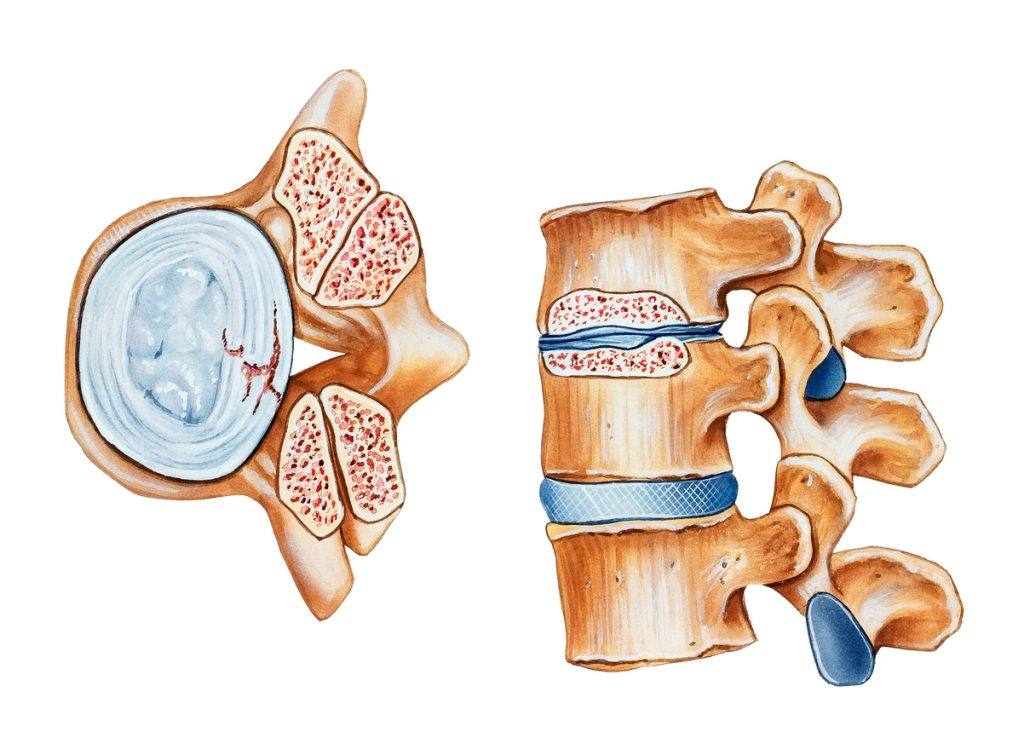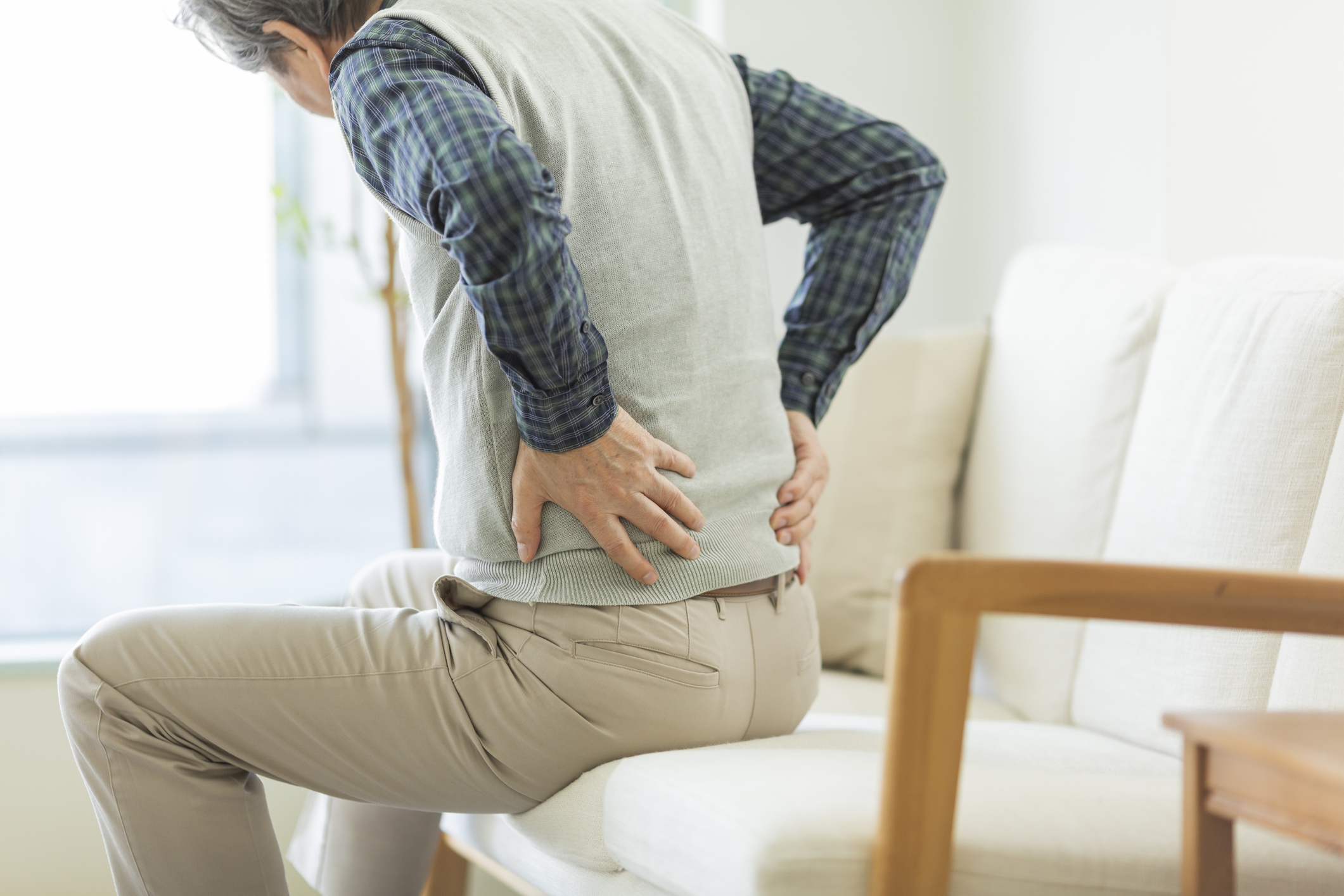Spinal stenosis is a narrowing of the spinal canal. This narrowing puts pressure on the spinal cord and on nerves in the affected area. Stenosis is a common cause of pain, generally in the low back (lumbar stenosis) and the neck (cervical stenosis). People over age 50 are most commonly diagnosed with the condition, since stenosis is often the result of the wear and tear associated with aging. Cervical stenosis is sometimes the result of trauma to the neck from an accident.
Causes of Stenosis
A small percentage of people are born with a small spinal canal. However, most stenosis is due to age-related deterioration. The most common cause of spinal stenosis is osteoarthritis in the joints of the spine. Bone spurs may grow into the spinal canal, pinching nerves. A bulging or herniated disc can also compress a nerve. Spondylolisthesis, or the slipping of one vertebrae over another, may cause a narrowing of the spinal canal. Thickened ligaments can bulge into the spinal canal. A tumor or cyst between the vertebrae and the spinal cord may cause a narrowing. An injury to the spine or broken vertebrae can cause stenosis.
Symptoms of Spinal Stenosis

Stenosis usually develops slowly, so there may not be any symptoms initially. Eventually, the following symptoms may appear.
- Cervical stenosis – Neck pain, stiffness, headaches; weakness, tingling, or numbness in the arms and hands; decreased function in the hands; problems with balance
- Lumbar stenosis – Pain in the low back and buttocks; weakness, tingling, or numbness in the leg or foot; cramping when walking or standing for long periods; bladder or bowel incontinence in severe cases
Is surgery necessary?
Most cases of cervical and lumbar stenosis can be successfully treated with non-surgical techniques. Conservative treatments include over-the-counter or prescription non-steroidal anti-inflammatory medications for pain. Epidural steroid injections can be used to treat severe pain. Patients may need to temporarily restrict some high-impact activities, such as running or jogging.
Physical therapy can build strength, flexibility, and endurance as well as help to stabilize the spine. Common treatments can include exercises, electrical stimulation, ultrasound, ice/heat therapy, and aquatic therapy. Orthopaedic manipulation can release a joint back into correct position and reduce muscle spasms.
If non-surgical treatments do not work, the physician may recommend surgery to treat stenosis. The goal is to widen the spinal canal and relieve pressure on the spinal cord and compressed nerves. The type of surgery will depend on what is causing the compression.
Next Steps
The physicians at Atlanta Brain and Spine Care are experts in the diagnosis and treatment of spinal stenosis. Contact us today to schedule an appointment.


